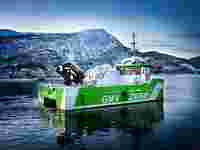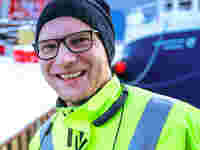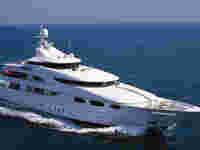Customer Application
21 January 2019Zero Emissions, Doubly Safeguarded

Supported by the Arctic University of Norway in Narvik (UiT) and funded by the Norwegian government, the shipbuilders at Grovfjord Mekaniske Verksted (GMV) have developed an energy management system (EMS) for a zero-emission ship with an all-electric drive. This visionary project was realized with the help of WAGO, which contributed to the central automation.
In November 2017, the Astrid Helene was launched on her first test cruise. The all-electric fish farming catamaran, which requires no emergency diesel generators, is the result of a cooperation between GMV and the Arctic University of Norway. The project was called “GMV Zero”, with zero standing for 0 fossil fuels, 0 emissions and 100 percent environmental protection. Charging the batteries can occur over night and during the day when the ship is located at the fish farming site – for example, during the crew’s lunch or during work that does not require movement of the catamaran, which measures 13.97 x 7.6 meters.
Project GMV Zero:
Fewer emissions are good for the environment and human health: The Astrid Helene is one of the first all-electric ships in the world.


